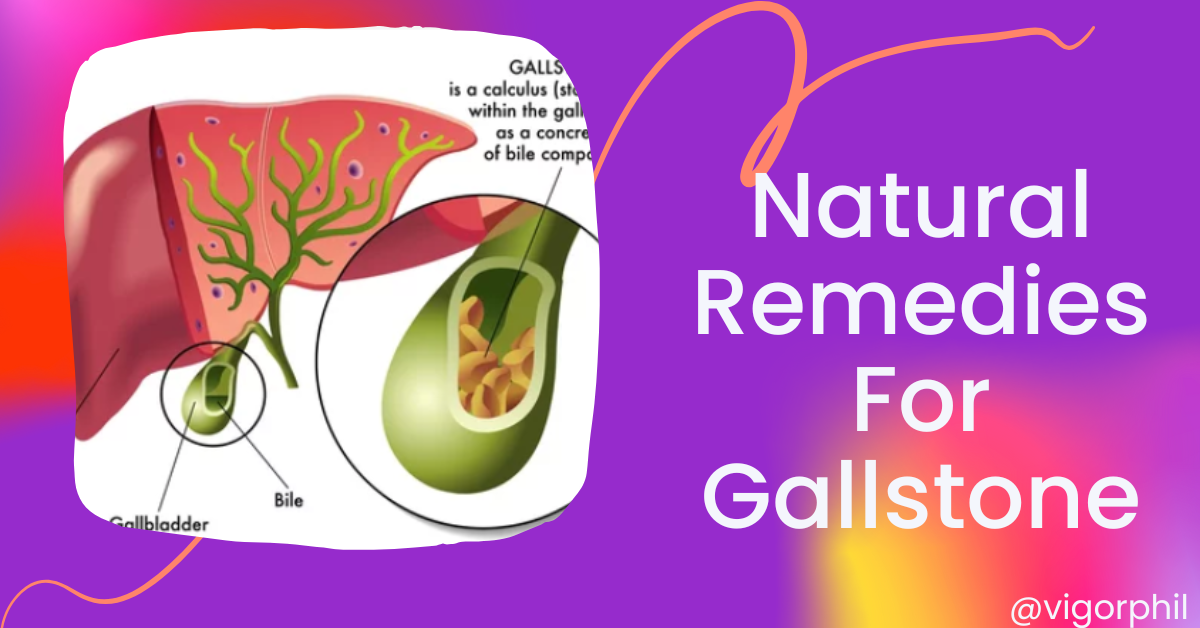Table of Contents
ToggleWhat is Gout and How Is It Caused
Gout Attack Meaning
A gout attack is a sudden painful type of inflammatory type of arthritis, it is characterized by recurrent attacks, joint inflammation, redden, swelling, and hotness of affected joints.
Diagnosing Gout
Do you suddenly have severe pain in your joint? you should immediately contact your primary health care provider, your doctor will be in a better position to recommend a rheumatologist, who is a doctor that specializes in the treatment of gout and other forms of arthritis.
Here are some guides to diagnosing gout.
Nature of pain: Your doctor might ask you the symptoms you are experiencing, with your explanation he will have some clue as to whether what you are experiencing is gout or not.
Physical Examination: A physical examination might be carried by your doctor, he/she might check for inflammation or swelling in the area, if the area is red in color, and if the temperature of the affected area is higher than the normal body temperature.
Uric Acid Test: Your doctor might ask you to go for a test to determine the level of uric acid in your blood, if higher than normal then the chances of the inflammation being gout is increased.
Scanning: X-ray, or ultrasound, or MRI test might be carried out on the affected joint to have a picture of the joint in order to confirm the presence or absence of gout.
Uric Acid test: Your doctor might have to take fluid from the affected joint using injection and ask a team member of his check for the presence of uric acid crystal using a microscope. If there be a presence of uric acid crystal in the fluid, then it will be confirmed that pain will be as a result of gout, but if the uric acid crystal is absent then the pain might be a result of a bacterial infection or some other cause which is not necessarily gout.
What Increases Your Chances for Gout
The chances of uric acid build-up are increased by the following:
- Age and sex: Men are more prone to suffer gout than women due to the lower level of uric acid in women, women tend to naturally have lower levels of uric acid, but after menopause, the uric acid in women tends to catch with that of the men. There is a great likelihood for men to experience gout between the ages of 30 to 50 years whereas women start seeing the symptoms of gout after menopause.
- Certain medications such as low-dose aspirin, hypertension control medications, such as thiazide, diuretics, angiotensin-converting enzyme (ACE), inhibitors, and beta-blockers can increase the level of uric acid in the blood thereby increasing the chance of gout attack.
- Genetics: if there is anyone in family history that has suffered gout, there is also a likelihood of experiencing a gout attack.
- Being overweight: There is a good chance of if experiencing if you are obsessed because the body tends to produce more uric acid in overweight persons. This high level in the production of uric acid in obsessed people gives the kidney a difficult time in catching up with the excretion of uric acid leading to the building up of uric acid crystals in the joints.
- Those that Undergo recent surgery or trauma might have gout triggered, also some individuals have experienced gout flare after receiving a vaccination.
- Being hypertensive
- Having heart failure
- Having insulin resistance
- Being diabetic
- Poor Functioning of the kidney
- The use of diuretics
- Drinking of alcohol
- Taking soft drinks that contain fructose
- Consumption of meat and the organs of meat like the liver, kidney, brain, etc
Where Does Gout Attack
Gout attack or flare is mostly experienced in the joints of the ankle, knee, wrist, finger, elbow, and big toe.
Gout Attack In Ankle
The main sign of gout attack in the ankle is severe pain and burning sensation in the ankle, remember that gout attack or flare is always sudden, you might wake up to experience gout.
In some cases, gout flare starts on one toe and extends to the ankle. Untreated gout in the body ankle can cause permanent damage to the affected ankle especially if a gout flare in that joint is frequent.
Gout Attack In Foot
Gout attack in the foot is very common than in any other joint in the body. It is thought to be due to foot joints are from the heart and the foot is more exposed to cold than other parts of the body.
Where Does Gout Affect The Foot
The site for gout attack on the foot is usually the small joint at the base of the big toe.
Gout Joints
The joints where gout flare or attack is experienced are the joints of the body’s extremities, the joint further away from the heart which includes:
- The joints of the ankle
- The joints of the elbow
- The joints of the knee
- The joints of the wrists.
- The joints of the finger
- Other joints of the feet.
Gout Attack Duration (Diagnosed With Gout)
Gout attack or flare symptoms quickly develop and worsen within 12 to 24 hours after you notice that something has gone wrong in your body.
The pains experienced during gout flare or attack usually subsides within hours or days of attack without the use of any medication. It is on rare occasions that gout flare or attack has last for weeks
Gout Attack Frequency
For most people, a gout attack or flare is experienced several times in a year after their first encounter with gout, while others might experience a gout attack or flare once in their lifetime.
Gout Attack Diet
- The sulfur-containing foods (asparagus, eggs, garlic, and onions) help repair bone, cartilage, and connective tissue.
- Eat fresh pineapple frequently. The bromelain in it is good for reducing inflammation. It must be fresh since freezing or canning destroys the enzyme.
- The most beneficial vegetables include celery, parsley, potatoes, alfalfa, wheatgrass, garlic, comfrey, and endive
Gout Attack Medication (Diagnosed With Gout)
- Anti-inflammatory drugs can be used the relieve gout during an attack or flare.
Here on our website, we do not advocate the use of drugs as we are not specialists in that field and also given that most drugs have side effects. We advocate the use of simple agencies as found in nature.
Gout Attack Home Remedies. (Diagnosed With Gout)
Any of the remedies listed below are profitable for alleviating gout.
- Apply a contrast bath to the joint. This will relieve the pain greatly after which a blend potato and make a poultice of potato around the affected area.
- A charcoal poultices can be of great help.
- The following poultice has been used with good results on swollen joints: Take 3 tbsp. of granulated slippery elm bark, 1 tbsp. of lobelia, 2 tbsp. of mullein, 1 spoonful of cayenne, and mix in a bowl. Add hot water to make a paste. Spread it on a cloth and cover the swollen joints. Over it, wrap a plastic sheet and then a dry towel. Leave it on for ½ to 1 hour or less, if the burning sensation becomes unbearable.
- Repeated juice fasts of 4-6 weeks are recommended, along with about 2 months of an extremely nourishing diet. The alkaline action of raw juices and vegetable broth dissolves the accumulation of deposits around the joints and in other tissues.
- Green juice, mixed with carrot, celery, red beet juice, and vegetable broths daily, are specifics for arthritis and other rheumatic diseases.
- Drink raw potato juice. Slice a potato, with the skin on, cut it into thin slices, and place in a large glass. Fill the glass with cold water and let it stand overnight. Drink the water the next morning on an empty stomach.
- Potato juice can also be made in an electric juicer. Make it fresh, dilute it 50-50 with water, and drink first thing in the morning.
- Hot castor oil packs are very useful. Heat castor oil in a pan, but do not boil it. Dip a white cotton cloth into it, till saturated. Apply it to the affected area, and cover it with a piece of plastic that is larger than the cloth. Place a heating pad over the area and keep it warmth
- It is known that the skin can excrete uric acid, so baths will help.
- During acute attacks, keep the affected joint elevated and at rest.
- Hot fomentations for 15 minutes every 3 hours, to help relieve pain. But, to reduce pain, some do better using cold applications.
- Mud packs, applied to the affected area, will absorb a fair amount of uric acid.
- Charcoal is very helpful. Take it by mouth (12-16 tablets daily), and also lay charcoal packs on the area.
- A compress of comfrey root or leaves, blended with water, helps relieve gout pain. Apply for two hours or more, or overnight.
- Burdock will help clean uric acid deposits from the joints and other areas. Kelp, red clover, and yucca help eliminate uric acid and other toxins
Gout Attack Prevention
- Eating cherries is very helpful. The uric acid level in the blood decreases and the attacks tend to stop. They can be any type of cherries, and either fresh or canned (½ pound per day). One or two tbsp. of cherry, the concentrate can be taken instead. If canned cherries are used, only use water-packed ones; most have too much sugar and additives.
- Drink at least 2 quarts of water a day between gout attacks, not only to get rid of the uric acid but also to reduce the likelihood of kidney damage and kidney stones. Those with gout tend to have kidney stones.
- Here are foods high in purines: liver, brains, kidneys, heart, anchovies, sardines, meat extract, fish roes, herring, consommé, mussels, and sweetbreads.
- • Do not take any alcoholic beverages. Alcohol increases uric acid production and reduces the excretion of urates.
- Milk, wheat, eggs, corn, and pork have been shown to produce arthritic symptoms.
- Reduce the amount of fat in your diet. Avoid dairy products and fatty foods.
- Do not eat meat. The purines and uric acid in it inflame arthritic conditions.
- Avoid salt, caffeine, tobacco, paprika, and citrus fruits.
- Do not eat anything with added sugar.
- Chocolate, tea, coffee, and cortisone injections may also cause problems.
- Exercise is very important
- Sleeping in a sleeping bag often reduces stiffness and pain in the morning
- Being overweight increases strain on the joints. Arthritics should try to keep their weight slightly below average.
- Avoid excessive use of yeast












